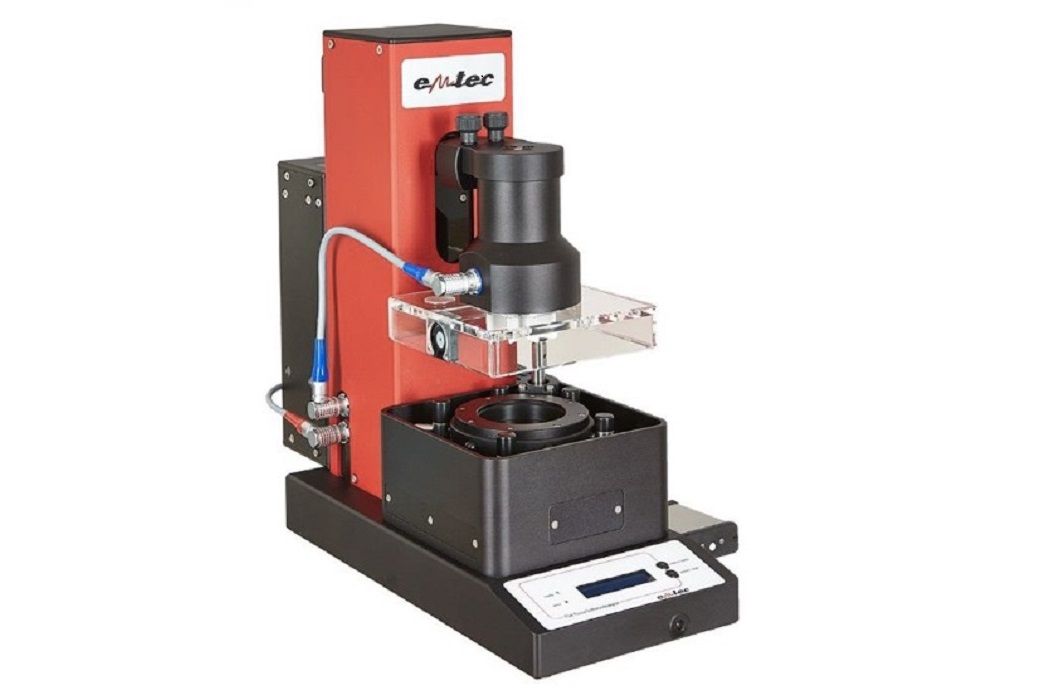
On day one of the Performance Days fair at 4 pm, sales area manager Eric Haagen along with Stefan Rubesam from Emtec Electronic will present a practical solution for achieving objective, reliable, and easily reproducible haptic results—the Tactile Sensation Analyser (TSA)—in a tabletop exhibit, Emtec said in a press release.
Using hypersensitive sound analysis, the TSA device simulates the function of the human hand by registering the sound waves produced upon contact with a sample fabric. This allows the TSA to measure the individual parameters responsible for haptic perception—namely, the softness, smoothness, stiffness, as well as deformation and recovery characteristics. Proprietary algorithms, designed to correlate with specific market preferences, enable the device to combine the parameters into an overall hand-feel value. In some cases, the results are able to achieve a nearly 100 per cent correlation to the results of extensive hand panel tests, but in a fraction of the time.
Human tactile sensation is a complex phenomenon that is influenced by many subjective factors, including hand sensitivity, personal preference, mood, and culture. For the textile industry, this subjectivity often makes it difficult to reliably reproduce the haptic qualities of a fabric, especially when sourcing and production take place in different locations. Traditionally, hand panel testing is used to evaluate and rank the fabrics based on the overall haptic impression, also known as handle or hand-feel, of the material. The drawbacks of this approach are the time needed to organise such panels, the required extensive testing, and the subjective results, which are not always reproducible across various locations.
Fibre2Fashion News Desk (NB)